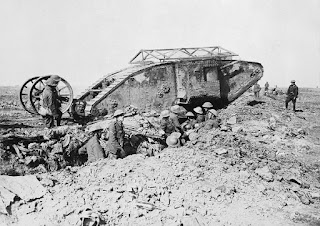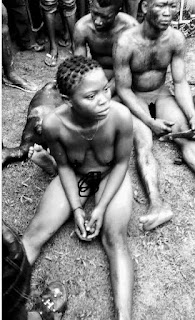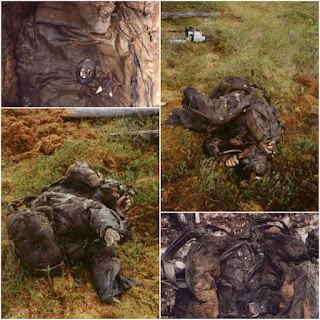World War 1 was the culmination of a century of uneasy peace.
This is not to say that there was no conflict from when Napoleon was run out of France in 1815 to the day the Archduke of Austria was gunned down in 1914.
There were many wars between individual powers or with indigenous kingdoms, like the Crimean War, Franco-Prussian War, and Anglo-Zulu War.
But there was a noticeable lack of the sort of European, continent-wide war that always seemed to repeat itself over the decades.
Technology advanced as it always had. The range, power, and versatility of artillery developed exponentially.
Railroads and telegraph lines rapidly increased the speed with which orders, troops, and supplies could be transported on a tactical and strategic scale.
Advanced rifles and machine guns multiplied the number of men that could be killed by a factor of fifty or more. Naval ships now bore 16-inch cannons and could fire accurately from miles away.
There was no trial run for any of these weapons on a large enough scale to retrieve useful data.
The generals and strategists were left to speculate on how they would be used and how they would affect existing tactics and plans. In many cases, it would take months or years for them to learn from their mistakes and adapt.
Some would never learn.
The increase in firepower far outpaced the increase in mobility on a tactical scale. Breakthroughs were either slow affairs that had to be conducted by infantry or faster but far more fragile cavalry. There was no way to achieve both surprise and speed, both of which are necessary for a breakthrough. It was only the advent of the tank and the development of combined arms that allowed the offense to finally catch up.
It should also be noted that there were just a lot more people in Europe in 1914 than there were in 1815. Those people were also far more motivated by nationalist movements that had sprung up in the meantime, and they could be mobilized and transported far more effectively.
There was plenty of fodder to sacrifice to the meatgrinder.




.jpg)

.jpeg)






Comments
Post a Comment